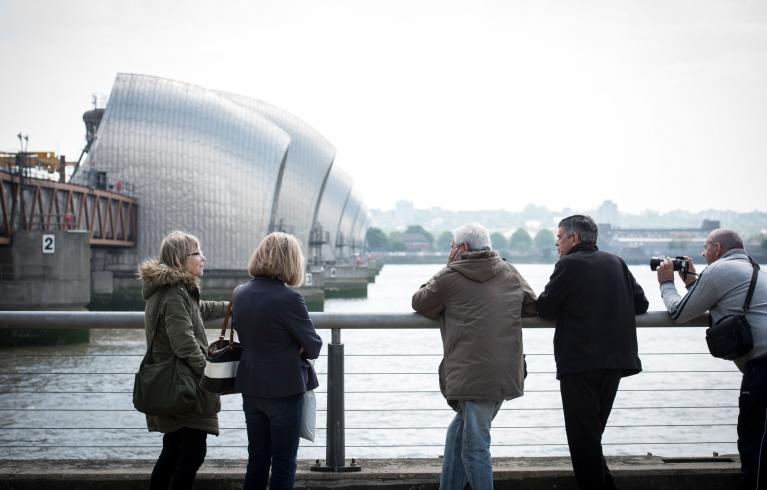
Key information
Publication type: General
Publication date:
Contents
The London Assembly Environment Committee is calling for an acceleration in investment from Thames Water into its wider sewer infrastructure to ensure that it has the capacity to deal with intense rainfall events.
This is after hearing evidence that 40 million tonnes of raw, untreated sewage are currently discharged into the Thames every year during storm events.
The Committee has published its report – ‘Water and London’s Rivers’ – which includes 21 recommendations to the Mayor, Thames Water and Government, covering four main areas, drinking water and water scarcity, wastewater and pollution, flooding, and maximising opportunities to create a sustainable water system.
London’s sewerage system was originally developed in the 19th century to deal with a population of around 2 million people. This system is now significantly strained, as the population of London today just under 9 million and is expected to grow to over 10 million by 2040.
Insufficient capacity in the sewage pipes to contain all the rainwater and sewage, and to prevent it from ‘backing up’ into people homes, means it is released through storm overflows.
Key recommendations within the report include:
- Thames Water should coordinate with Ofwat to open a consultation on new water tariff options for the 2025-2030 price control period. This should include options to link the charging structure to water use, as well as social tariffs to ensure water remains affordable to all.
- Thames Water should accelerate investment in its wider sewer infrastructure in areas of London not covered by the Thames Tideway tunnel, to ensure that it has the capacity to deal with intense rainfall events.
- The Mayor should work with Tideway to ensure that the Thames Tideway Tunnel is completed on schedule by 2025.
- The Mayor should double the target in his Transport Strategy to 100,000 square meters a year of roads draining into SuDS per year. Transport for London (TfL) should also double its targets for SuDS installation to deliver 10,000 square metres of roads draining into SuDS per year.
- The Port of London Authority (PLA) should publish the findings from its feasibility assessment for a River Ultra Low Emission Zone (RULEZ). In response to this, the Mayor should set out his position on such a scheme, and any plans for its implementation.
The report comes after a two-part investigation by the Environment Committee, with the Committee firstly speaking with Thames Water, River Action, South East Rivers Trust, Thames21 and the Greater London Authority (GLA). The Committee then heard from Thames Water, the Environment Agency, the PLA, the GLA, Zoological Society London (ZSL) and Tideway in the second Committee meeting.
The Committee also carried out two site visits as part of the investigation, visiting the Thames Barrier with the Environment Agency and the Port of London Authority (PLA), and also visiting Mogden sewage treatment works in west London with Thames Water.
Related documents
Water and London's rivers report